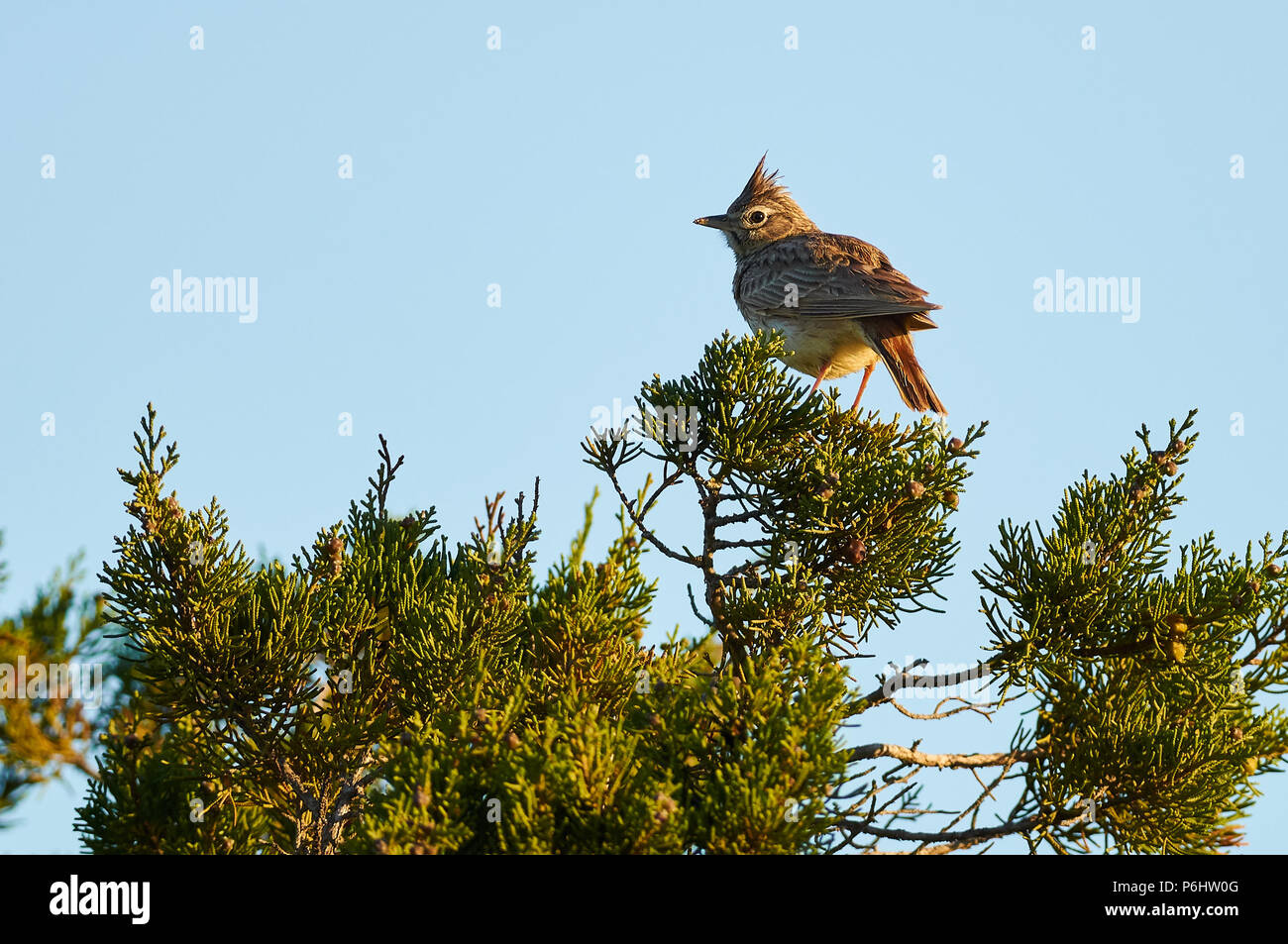The Thekla Lark: A Closer Look At Galerida Theklae
Share
The Thekla Lark, scientifically known as Galerida theklae, is a fascinating bird species belonging to the family Alaudidae within the order Passeriformes. This article delves into the taxonomy, habitat, behavior, and conservation status of this unique bird, providing birdwatchers and enthusiasts with valuable insights.

Taxonomy
The Thekla Lark was first described by C. L. Brehm in 1858, with its type locality noted as Jativa, near Valencia, and in the Sierra Nevada, Spain. It falls under the suborder Oscines, which is known for its songbirds. The species is primarily found in the Iberian Peninsula and the Balearic Islands, where it thrives in various habitats.
Physical Characteristics
The Thekla Lark is a medium-sized bird, characterized by its distinctive plumage and physical features. It has a brownish coloration with streaks that provide excellent camouflage against its natural surroundings. The bird's crown is often adorned with a small crest, which can be raised or lowered depending on its mood or behavior.

Habitat
The Thekla Lark prefers open, dry habitats such as grasslands, scrublands, and agricultural fields. It is commonly found in areas with sparse vegetation, which allows it to forage for food and evade predators. The bird is particularly associated with the Mediterranean climate, thriving in regions with warm, dry summers and mild, wet winters.

Diet
The diet of the Thekla Lark primarily consists of seeds, insects, and other small invertebrates. It forages on the ground, using its sharp eyesight to locate food. During the breeding season, the bird may increase its intake of protein-rich insects to support its reproductive needs.
Behavior
The Thekla Lark is known for its melodious song, which is often delivered from a prominent perch. Males are particularly vocal during the breeding season, using their songs to attract females and establish territory. The bird's behavior is characterized by its ground-dwelling habits, where it often runs rather than flies when startled.

Reproduction
Breeding typically occurs in the spring and summer months. The female constructs a nest on the ground, often hidden among grasses or shrubs to protect it from predators. The clutch usually consists of 3 to 5 eggs, which are incubated for about 10 to 14 days. Both parents are involved in feeding the chicks once they hatch.

Conservation Status
The Thekla Lark is currently classified as a species of Least Concern by the IUCN. However, habitat loss due to agricultural expansion and urbanization poses a threat to its population. Conservation efforts are essential to maintain suitable habitats and ensure the survival of this charming bird.
Birdwatching Tips
For birdwatchers interested in observing the Thekla Lark, the best time to spot them is during the breeding season when they are most vocal. Look for them in open fields, grasslands, and scrub areas in the Iberian Peninsula and Balearic Islands. Early mornings or late afternoons are ideal times for birdwatching, as the birds are more active during these hours.
The Thekla Lark is not just a beautiful bird; it plays a vital role in its ecosystem by helping to control insect populations and dispersing seeds. Observing this species in its natural habitat can be a rewarding experience, offering insights into the delicate balance of nature.
The Thekla Lark, with its unique characteristics and behaviors, serves as a reminder of the rich biodiversity found in the Iberian Peninsula. Protecting its habitat ensures that future generations can enjoy the sight and sound of this remarkable bird.